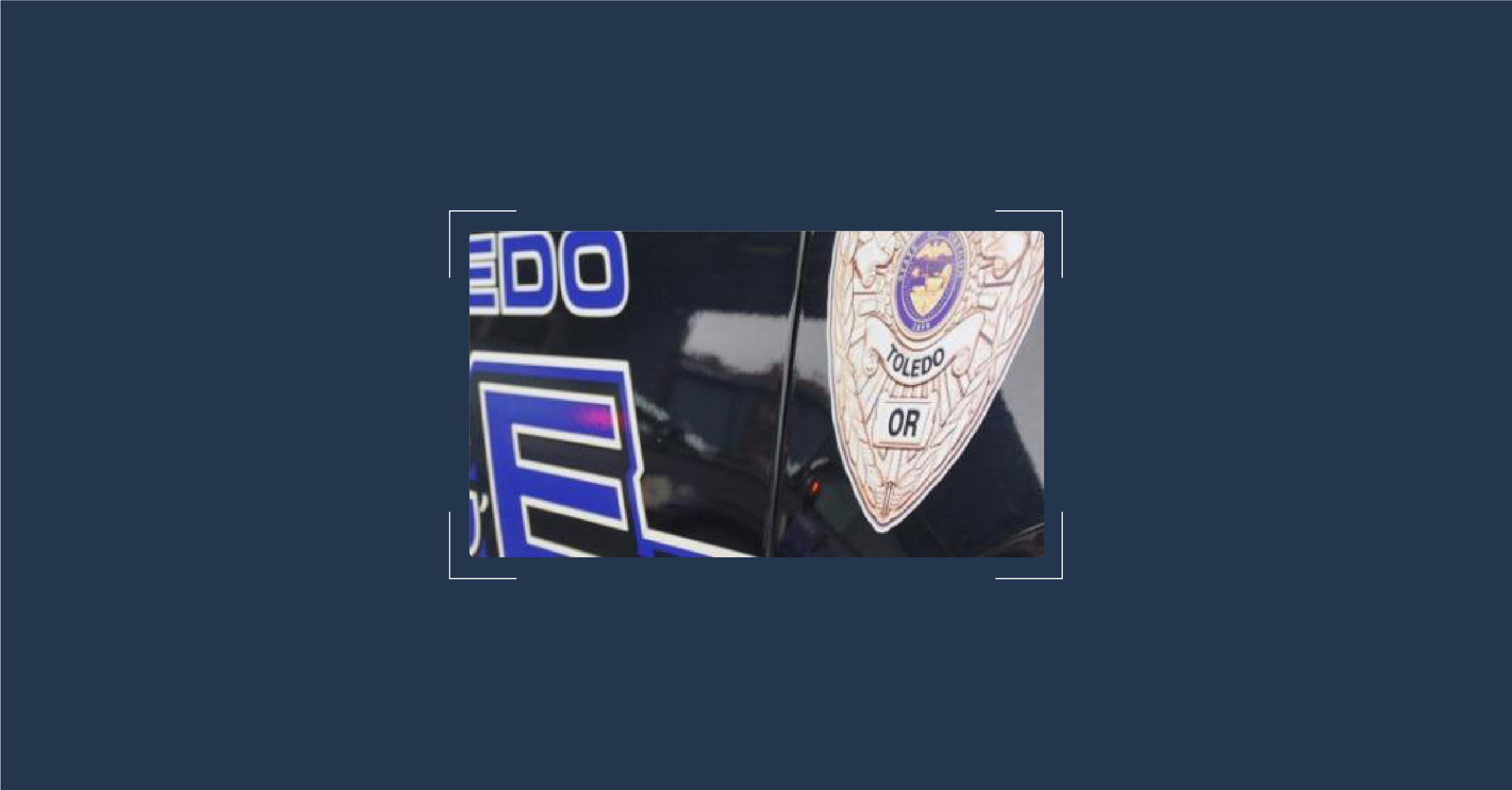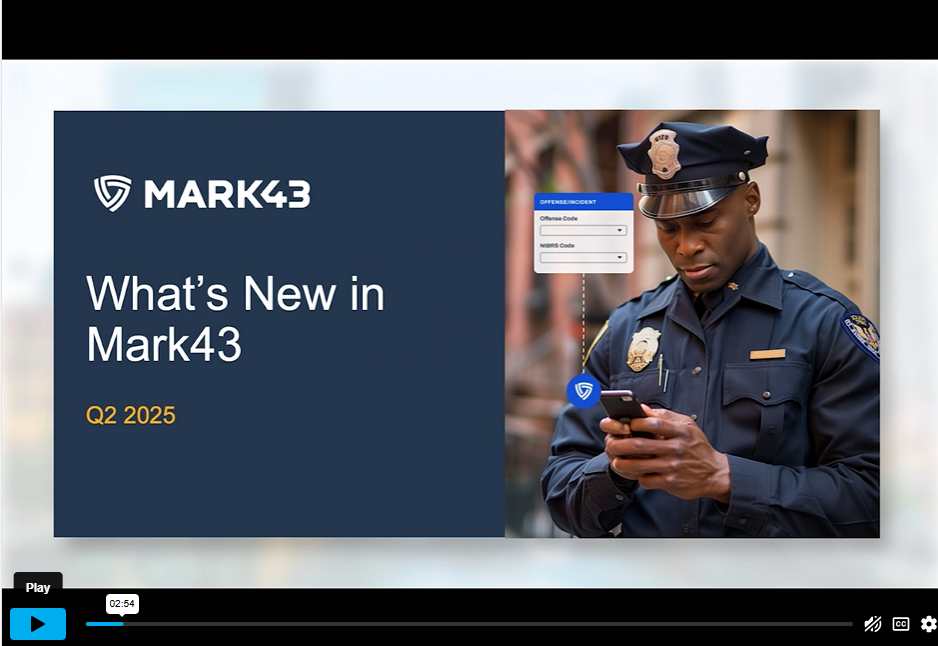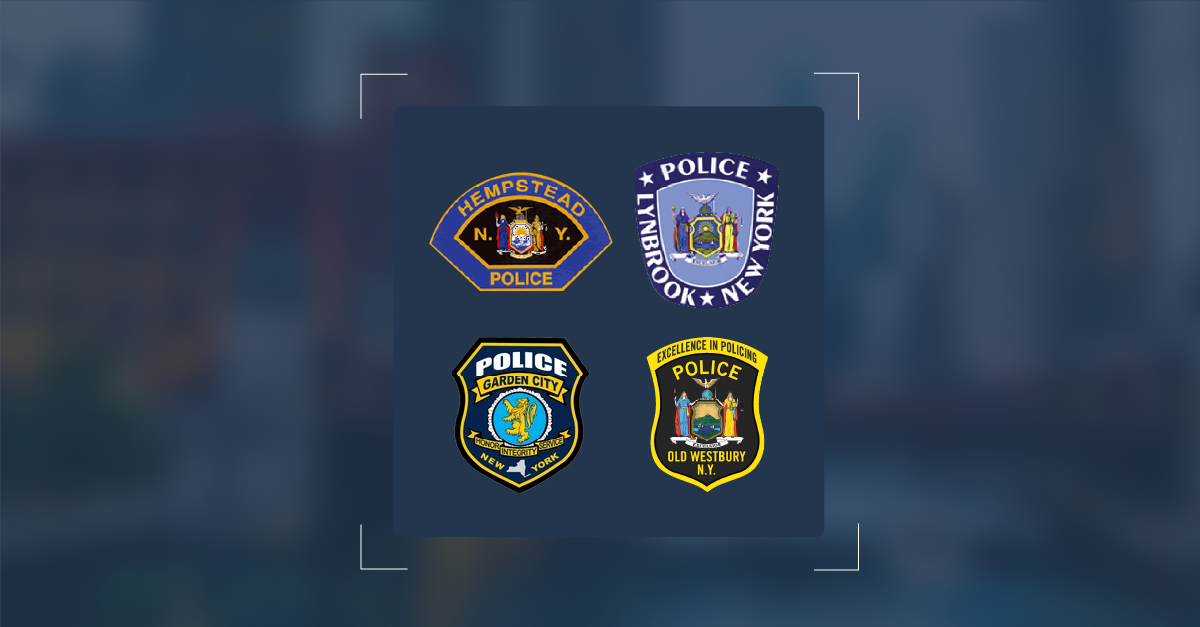By: Wendy Gilbert
Public safety agencies are facing more challenging conditions for emergency response today. Incidents involve many more variables than in the past: new forms of data such as streaming video, data sensors, images and audio. Natural disasters and cyberattacks also add more complexity. In addition, agencies must integrate with more systems while staffing shortages and training gaps at dispatch centers create operational strain.
To address these challenges, agencies are moving to modern cloud-native Computer-Aided Dispatch (CAD) systems. These platforms bring together real-time data and advanced insights to accelerate emergency response, improve situational awareness, and streamline workflows to make communities safer, all while improving security through automatic updates. They replace legacy CAD systems, which often run outdated, on-premise software prone to failure in natural disasters and vulnerable to cyberattacks.
Data Advantage
To deliver rapid, effective responses, contemporary CAD systems aggregate real-time information across a range of data types. First responders approaching the scene get access to live data, such as video from CCTV feeds, citizen livestreams, active 911 calls, data sensors, images, audio, and other information. First responders often want direct access to all relevant data, not just summaries. This could even include where to park a fire truck closest to a fire hydrant. This context helps command staff and first responders make better decisions and improve safety.
New forms of data have also changed what residents want from emergency response. The public wants to engage with 911 like they do with any other current communication, via text chat, images, live video, and apps. For example, a parent may wish to send images or livestream video during a crisis. Next-generation CAD systems can ingest this data and integrate it so that all relevant parties—command staff, dispatchers, and first responders—have immediate access. Citizens also often have tools such as Ring cameras and want to share footage with law enforcement proactively. Legacy systems, however, typically are inflexible and can’t support different media types.
Resilience and Uptime
Another major benefit of cloud-native CAD is resilience and uptime. Traditional systems run on on-premise hardware, which is at risk during natural disasters such as hurricanes or power outages. With cloud-native systems, CAD can stay continuously available. During a recent hurricane, the Fort Myers Police Department suffered a power outage due to flooding, but could still maintain continuous dispatch operations because it had a cloud-native system. Dispatchers were able to continue to do their jobs remotely. It’s not just performance or innovation but resilience, which is now critical for public safety systems in life-or-death situations. These systems also typically include backup protections, enabling quick restorations to get back online after any disruptions.
For many agencies, staffing their dispatch and call centers is difficult. Cloud-based CAD mitigates this by increasing the pool of potential hires and making these jobs more accessible. In natural disasters, staff can access and operate systems remotely, allowing them to continue operations even in dire circumstances.
Security
Security is a top concern for public safety agencies, from CJIS compliance to FedRAMP High authorization. CAD systems can address these regulatory concerns while offering advances over legacy systems, which often run outdated security software or operating systems with vulnerabilities. They also must be manually updated by the agency’s IT staff or outside vendors. Cloud systems, by contrast, remove the agency’s burden of managing security by automatically delivering patching and security updates. Modern CAD systems thereby provide a tremendous return on investment by reducing the IT costs of maintaining their own tech security and managing their infrastructure.
In addition, public safety agencies manage a wealth of sensitive information, such as name, address, social security number, and other records, which makes data protection critical to prevent serious breaches. While on-premise systems can be targeted and vulnerable, cloud- native systems offer advantages such as constantly updated and patched updates, threat detection and monitoring, built-in redundancy and disaster recovery, identity access management, and advanced physical security at data centers.
Public Trust
Transparency and accountability are critical for building public trust. Modern dispatch systems improve both by enhancing 911 and 311 systems by enabling residents to call in for guidance or assistance, even for non-emergency issues. They also help triage to route true emergency response calls to the right person as quickly as possible. These CAD systems can also integrate with records management systems to provide case updates, notifications to pick up property, or investigation status for citizens, providing collaborative and engaging interaction with the community. In addition, CAD systems have robust data and analytics so that agencies can share data with policy leaders and the community about response times, agency workflow, use-of-force, or bias.
In the future, CAD systems will only get better at improving community safety. Artificial intelligence will underlie many of these advances. For example, systems can triage calls better, recommend responses, and help provide guidance. If medical assistance is needed, systems can provide basic content to the citizen in need until a responder arrives.
Many agencies have response plans, but CAD systems will be able to use AI to analyze a call in real-time, know its location, and then suggest the types and numbers of units properly equipped to get there the fastest. Finally, AI can assist with simultaneous translation to improve interactions with residents and agency responses. Real-time transcription can understand a dispatcher’s conversation and detect keywords in the heat of the moment that may be missed, helping to inform agency response. Overall, AI can move operations toward leveraging a range of data and provide it to agencies at the exact moment they need it so they can make faster and better decisions.
Conclusion
Today’s public safety agencies face a demanding environment, often while struggling with obsolete, inflexible legacy CAD systems. Cloud-native CAD platforms offer many technology advances but also resilience, scalability, and real-time data that agencies need today. Cloud- native systems are no longer just a nice-to-have; they’re a must to ensure best practices by first responders while maintaining operations even in extreme conditions.
Original Story: https://innotechtoday.com/the-future-of-emergency-response-starts-now-with-new-tech/








